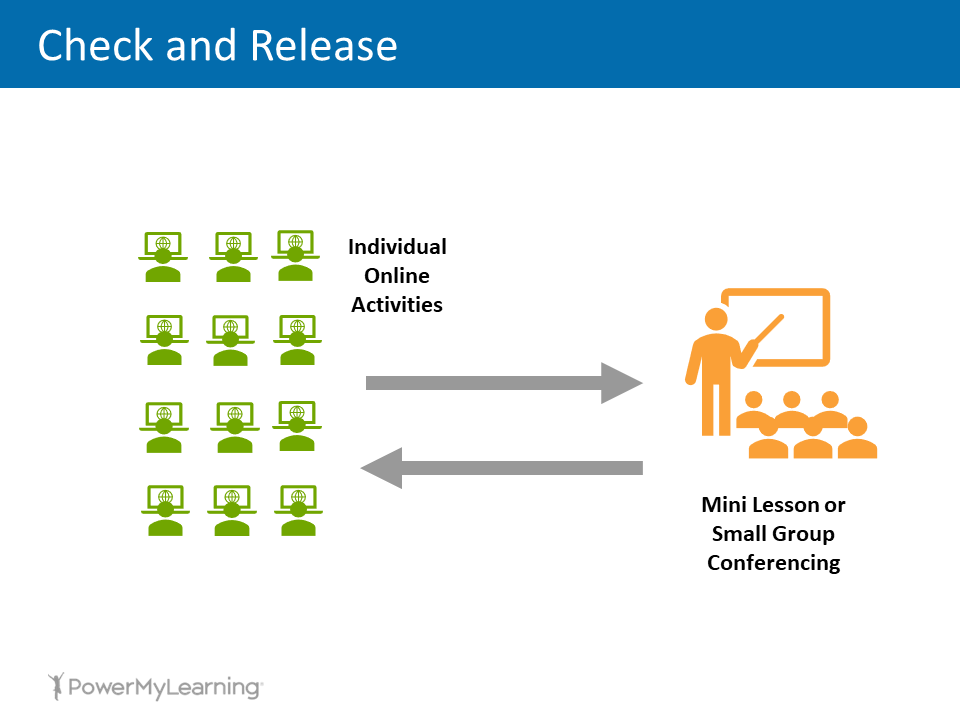TOOLKIT
Effective Formative Assessment

Using Data to Adjust Instruction
Differentiated Materials or Activities
Use formative assessment data to customize the sequence of activities each student completes for an assignment. This could mean adding a supplemental video or activity, providing texts tailored to students’ reading levels, or making any other modifications that will allow all students to access the lesson. If you collected data before the lesson, you can create different versions of the document before you assign them to different groups of students, or you can assign all students the same assignment and add differentiated activities to the documents later based on students’ emerging needs, as the teacher featured in the article below does.
- Further Reading: Using Playlists to Differentiate Instruction [Source: Cult of Pedagogy]
Actionable Feedback and Revision
Giving students feedback is one of the most effective ways to respond to the formative assessment data you are gathering on their work. However, it’s only effective if students are given opportunities to process and apply the feedback. Try providing students with focused comments on their assignments that give them one or two areas of improvement. Then, provide them with a structure and process to revise their work and re-submit it.
- Further Reading: Three Strategies for Personalizing Feedback Online [Source: Catlin Tucker]
- Resource: Revision Template [Google Doc]
Strategic Grouping
Group students heterogeneously for collaborative activities where students are able to assist each other, such as during station rotations. Group students homogeneously to support reteaching or extension activities in small groups. You can assign groups in advance based on data you’ve already reviewed, or you can use the check and release method to gradually dismiss students from a full-group video lesson as they show mastery on a quick quiz, so that you are left with the students who need additional instruction.
- Further Reading: Student Learning Groups: Homogeneous or Heterogeneous? [Source: Edutopia]
- Further Reading: 9 Practical Tips for Setting Up Blended Learning Stations in Your Classroom [Source: PowerMyLearning]

